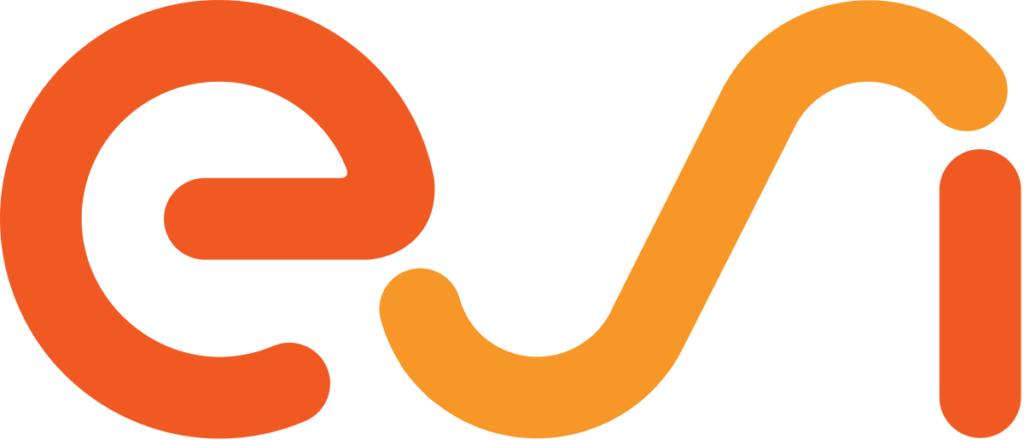Blog
Harnessing Machine Learning for Plasma Reaction Kinetics Estimation
Pursuing enhanced computational efficiency and precision, Dr. Kateryna Lemishko's recent presentation at ICOPS 2024 introduced an innovative machine learning approach for estimating plasma reaction kinetic data. This study addresses the critical issue of limited...
Q&A: What are QEC limitations for molecules with heavy atoms?
QEC can calculate cross sections for molecule with atoms as heavy as Ar and up to 20-25 atoms in total. However if you want to go beyond Ar you can proceed with caution. The complexity level increases for us with the number of electrons in the system. If the number of...
The AVS International Symposium and Exhibition Conference
From 5-10 November 2023, our Chief Technology Officer Dr Sebastian Mohr attended the AVS International Symposium and Exhibition Conference in Portland, Oregon. This annual conference attracts many scientists working on plasma processes and applications. At the...
The Gaseous Electronics Conference (GEC)
From 9-13 October 2023, our Research Scientist Dr Greg Armstrong attended the Gaseous Electronics Conference (GEC) in Ann Arbor, Michigan. This annual conference attracts many scientists working on atomic and molecular collision processes in plasmas. The University of...
From Data to Insights: Unravelling the Machine Learning Journey in Data-Driven Research
As the scientific community continues to generate ever-increasing volumes of data, obtained through experiments or numerical simulations, machine learning has emerged as an increasingly popular tool among researchers across different scientific domains. Quantemol...
Q&A_QEC: How easy is it to use QEC software?
Q: How easy is it to use QEC? A: QEC is designed to be highly user-friendly, and provides an easy to use graphical user interface (GUI) through which users are prompted to enter quantities required for their calculations. A tutorial on how to run a QEC calculation may...

When Virtual Offices Come Together
It’s been a while since we met up with the Quantemol team in real life and I want to share our virtual office experience. I asked my colleagues to send me their home office arrangements and the collage shows how people are making working from home actually work....
New Series of Posts: Q&A
Quantemol team has been rather busy recently with active preparation of software releases for QVT (available) and QEC (coming soon) and due to several new customers joining this summer. We always welcome active users and their questions have inspired us to create a...
Q&A_QEC: Momentum Transfer and differential cross sections
Q: Can QEC calculate the momentum transfer, differential and integrated differential cross-section? Does it only provide scattering cross-section data on elastic collisions between electrons and ground-state molecules or other processes too? A: Yes it does calculate...
Q&A_QEC: Rotational Cross section Data
Q: How rotational cross section data is calculated in QEC and where can I find the results? A: QEC plots the summed cross-sections of all transitions calculated in the PolyDCS module, but not the cross-sections for the individual processes. You can find the detailed...
Q&A_QEC: Vertical Excitation Energy Cutoff
Q: What is the difference between the vertical excitation energy cutoff, start energy and end energy in close coupling (CC) calculations in QEC? A: The start and end energy grid define the energies of the incoming scattering electron. The vertical energy cutoff...
Q&A_QEC: Pseudo and real resonances
Q: How to distinguishes between a real resonance and pseudo resonance in QuantemolEC results? The resonance parameters are produced as a part of the #QuantemolEC output, based on RESON module results. Read more about RESON here: Tennyson, J., & Noble, C. J....
Q&A_QEC: electronic states representation
Q: Why electronic excited states for diatomic molecules in #quantemolEC are represented differently than conventionally expected? For example, N2 molecule’s second and third excited states are represented by B1U, B3G instead of A 3∑u+, B 3∏g. A: This is related...

Quantemol Seminar 25 November 2020
Join us for a free online seminar, where the Quantemol team will present our recent developments and provide tutorials for users who are starting to work with plasma chemistry. See the preliminary programme an register here. #quantemoldb #quantemolec

Collaboration with ESI
Quantemol and ESI are partnering to offer ACE+ customers access to bespoke chemistries for their plasma processes modelling. You can now choose the chemistry you need, request optimisation for your process conditions and have it available in ACE+ friendly format....

New price list coming January 2nd 2022!
Starting on the second of January 2022 we are increasing our prices on all products. If you wish to get in before this price rise or have any further questions then please contact us at sales@quantemol.com The new prices will be as follows with the current prices...

A great summer for Quantemol!
We here at Quantemol ltd. have had an excellent summer and want to share with you whats been going on with us! New Software We have released two new products this summer for modelling electron collision cross sections and plasma sciences. Firstly we have brought out...
